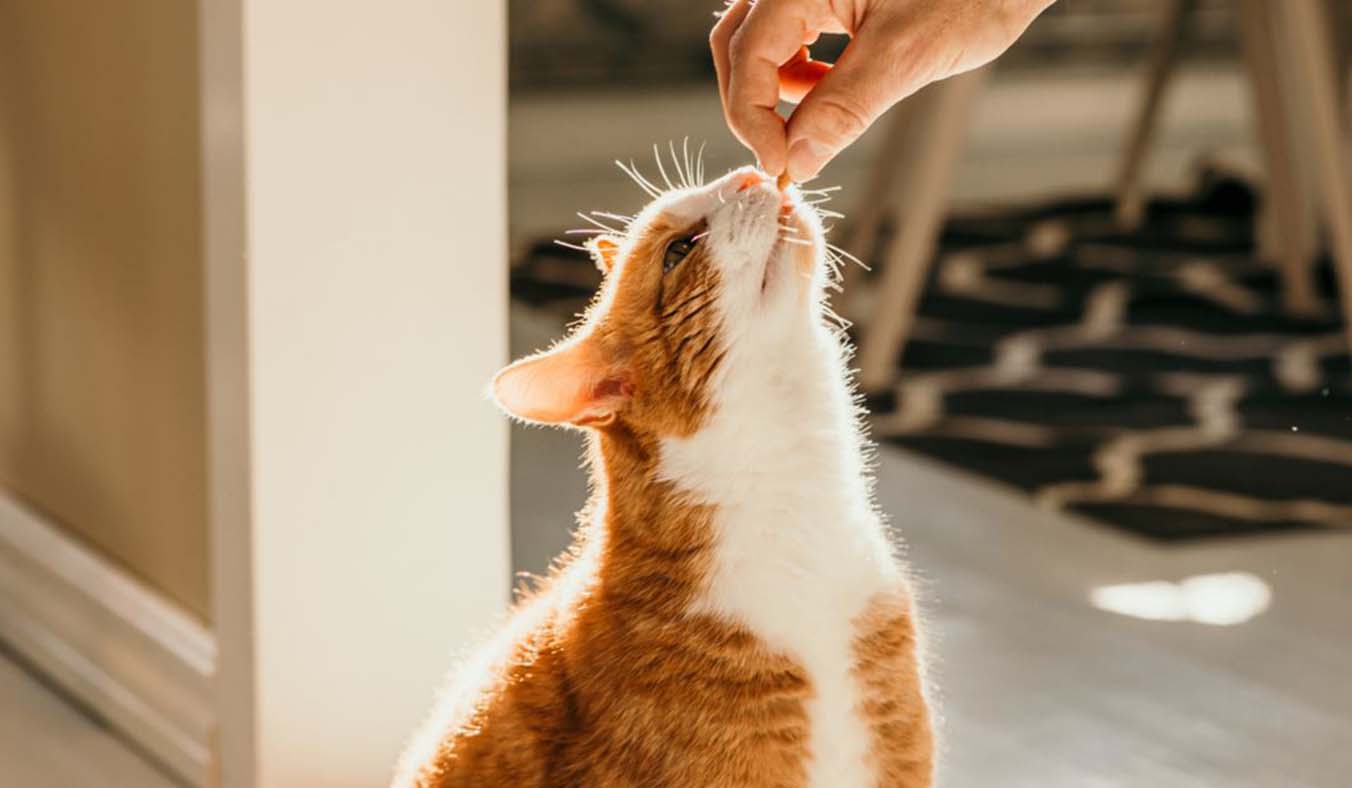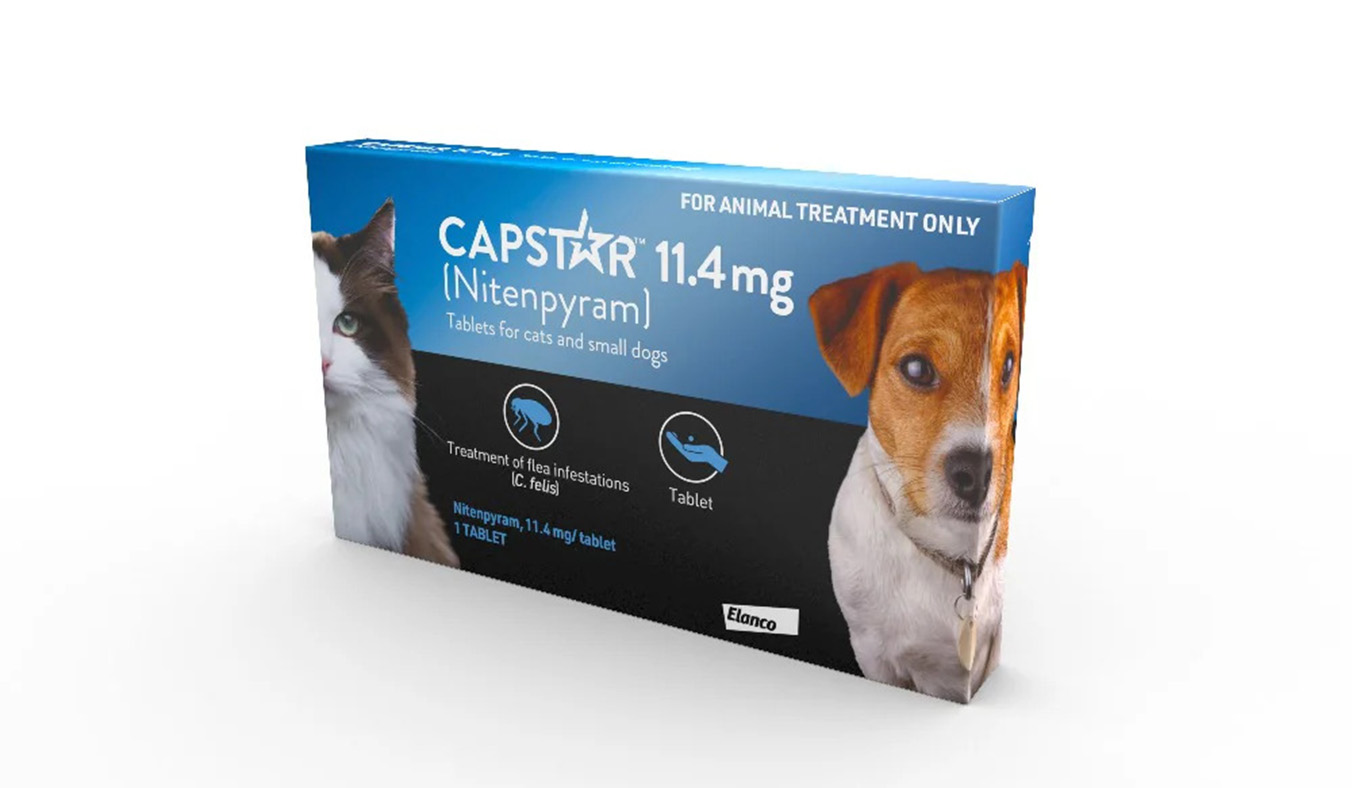In the world of felines, there’s a melody of malady lurking in the shadows, one that often goes unnoticed until it’s too late. It’s the song of toxoplasmosis, a parasitic disease that stealthily finds its way into our beloved cats, turning them into unwitting hosts. Today, we delve into the intricacies of this condition, exploring what it is, where it strikes, its impact on feline health, and crucial prevention techniques.
What is Toxoplasmosis?

Toxoplasmosis is a parasitic infection caused by the Toxoplasma gondii parasite, a cunning organism that thrives in the guts of felids, particularly those with a penchant for hunting rodents. When an infected cat defecates, it sheds microscopic eggs of the parasite into the environment, where they can survive for months to years.
This parasitic disease, Toxoplasmosis, is caused by the Toxoplasma gondii parasite, a cunning and adaptable organism that primarily inhabits the gastrointestinal tract of felids, especially those known for their adeptness at tracking down and capturing rodents. The lifecycle of this parasite is a remarkable saga of survival intricately intertwined with the behaviors of its feline hosts.
At the heart of Toxoplasma gondii’s lifecycle lies the gut of a cat. Once inside, this crafty parasite establishes itself, thriving amidst the digestive processes of its feline host. As it reproduces within the intestinal cells, it gives rise to vast numbers of tiny, resilient eggs, known as oocysts. These minuscule capsules of potential infection are then excreted into the environment through the cat’s feces.
However, the story doesn’t end there. These microscopic eggs, expelled into the world by infected cats, embark on a journey fraught with peril and opportunity. In the external environment, they endure, resilient against the elements, persisting for months, and sometimes years. Their survival is a testament to the adaptability and tenacity of Toxoplasma gondii.
But what happens next is where the true intrigue lies. These dormant oocysts, lying in wait within contaminated soil or water, are unwittingly ingested by unsuspecting hosts. Whether it be through consumption of contaminated food, water, or soil, or even through contact with infected materials such as cat litter, the parasite finds its way into new hosts, perpetuating its lifecycle.
The consequences of this parasitic invasion can be profound. Toxoplasmosis is not merely a concern for cats; it poses significant risks to a wide range of animals, including humans. While many infected individuals may exhibit no symptoms, others may experience flu-like manifestations or severe complications, particularly in vulnerable populations such as pregnant women or individuals with compromised immune systems.
Understanding the intricate dance of Toxoplasma gondii within the ecosystem is crucial in devising effective strategies for prevention and control. By unraveling the complexities of this parasitic interplay, we can strive to minimize the impact of toxoplasmosis on both animal and human health, ensuring a safer and healthier world for all.
Where Does the Song of Sickness Resonate?
The insidious nature of toxoplasmosis lies in its ability to traverse ecosystems effortlessly. Its life cycle is a macabre dance between cats and their prey. Rodents, unwittingly ingesting the parasite-laden feces, become carriers themselves. This sets the stage for a vicious cycle where cats become both predators and unwitting victims.
The Impact of Toxoplasmosis on Feline Health
For our feline friends, the consequences of this parasitic invasion can be severe. While many cats may remain asymptomatic, others may experience flu-like symptoms such as lethargy, fever, and loss of appetite. In more severe cases, toxoplasmosis can lead to neurological issues, respiratory problems, and even death, particularly in kittens or cats with compromised immune systems.
Prevention Techniques: Guarding Against the Silent Serenade

In the intricate dance of prevention against toxoplasmosis, a multifaceted strategy emerges, a symphony of defense aimed at disrupting the parasite’s sinister life cycle. Here, we unveil the key strategies that form the cornerstone of our battle against this silent serenade:
- Maintain Good Hygiene: Within the confines of our homes, the litter box becomes both a haven and a potential hotspot for contamination. With meticulous care and unwavering diligence, we undertake the task of regular cleaning, swiftly disposing of fecal matter to quell the spread of Toxoplasma gondii. Each scoop, each cleansing ritual becomes a shield against the encroaching shadows of infection, preserving the sanctity of our surroundings and the well-being of our cherished companions.
- Keep Cats Indoors: In the boundless expanse beyond our doors, a world teeming with unseen dangers awaits. Yet, within the safety of our homes, our feline companions find refuge from the lurking perils of contaminated prey and tainted environments. Here, under our watchful gaze, they roam freely, shielded from the silent whispers of toxoplasmosis that linger in the shadows beyond.
- Feed Commercially Prepared Food: In the realm of sustenance, caution becomes our guiding principle. With discerning eyes, we scrutinize each morsel, shunning the allure of raw or undercooked meat that may harbor the seeds of infection. Instead, we turn to the safety of commercially prepared food, a bastion of assurance in our battle against unseen foes. With each nourishing meal, we fortify our companions against the insidious grasp of Toxoplasma gondii, ensuring their vitality and resilience in the face of adversity.
- Routine Veterinary Care: In the skilled hands of our healers, we find solace and guidance. Through regular check-ups and vigilant scrutiny, our veterinarians become our allies in the war against toxoplasmosis. With keen eyes and steady hands, they offer counsel and support, guiding us through the labyrinth of prevention and detection. With each visit, we reinforce our defenses, standing steadfast against the encroaching tide of infection.
- Practice Good Personal Hygiene: For those most vulnerable among us, an extra layer of protection becomes imperative. Pregnant women, with life burgeoning within, and individuals with weakened immune fortifications, must tread with caution. With meticulous care and unwavering resolve, we embrace the rituals of good personal hygiene. Gloves become our shield, protecting delicate hands from the unseen dangers lurking within cat litter. Vigilance becomes our mantra as we shun contact with potentially contaminated soil, safeguarding ourselves and those we hold dear from the silent siren song of toxoplasmosis.
By arming ourselves with knowledge and implementing proactive measures, we can silence the song of sickness and ensure the well-being of our beloved feline companions. Let’s harmonize our efforts to keep our cats safe and healthy, free from the stealthy grasp of toxoplasmosis.



